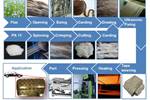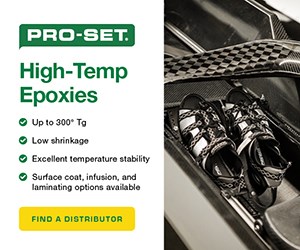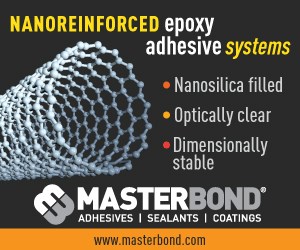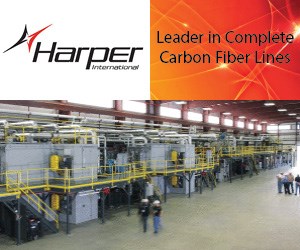DrapeCube offers cost-effective preforming process for FRP textile production
The DrapeCube offers a cost-effective design for the production of fiber preforms from textile semi-finished products.

Source | ITA of RWTH Aachen University
With the aim to provide cost-effective heating and forming of reinforced textiles for complex, 3D-shaped prototypes, as well as small production quantities, the Institute of Textile Technology at RWTH Aachen University (ITA, Aachen, Germany) is developing a forming station, termed the DrapeCube. Currently used by ITA for research purposes, the DrapeCube is said to avoid several high production costs associated with the preforming process, including the variance of component quality, increased component weight and other cost-intensive fluctuations associated with the manual manufacture of fiber-reinforced plastic (FRP) components. Further, compared to the solution of the stamp forming process used to shape textiles, the DrapeCube offers an alternative for smaller-scale production.
To heat the textiles, hot air is injected into the tool cavity from a pneumatic pressure pipe, and heated up to 200°C by an electric coil, thus applying heat to the textile in a controlled manner over a short period of time. According to ITA, this approach enables the thermoplastic adhesive material to be melted and cooled before, during or after shaping. Pneumatic cylinders are then used to generate the contact pressure. With a component projection area of 100 millimeters by 200 millimeters, contact pressure of up to 100 kPa can be achieved.
This post is courtesy of the CompositesWorld and AZL Aachen GmbH media partnership.
Related Content
-
Thermoplastic composites welding: Process control, certification, crack arresters and surface prep
More widespread use of welded composite structures within a decade? Yes, but further developments are needed.
-
Thermoset-thermoplastic joining, natural fibers enable sustainability-focused brake cover
Award-winning motorcycle brake disc cover showcases potential for KTM Technologies’ Conexus joining technology and flax fiber composites.
-
Multi-material steel/composite leaf spring targets lightweight, high-volume applications
Rassini International was challenged by Ford Motor Co. to take weight out of the F-150 pickup truck. Rassini responded with a multi-material steel/composite hybrid leaf spring system that can be manufactured at high volumes.













